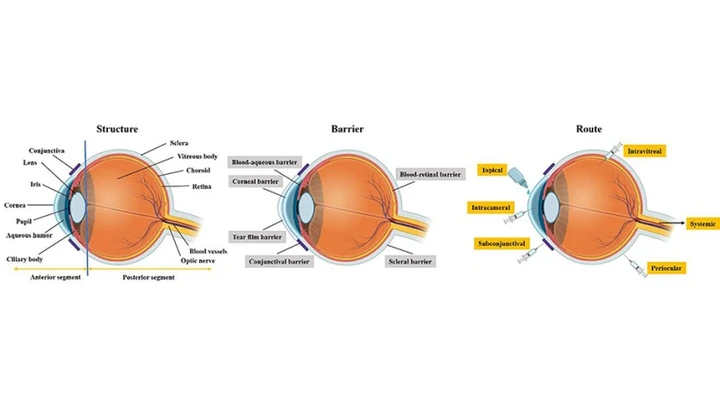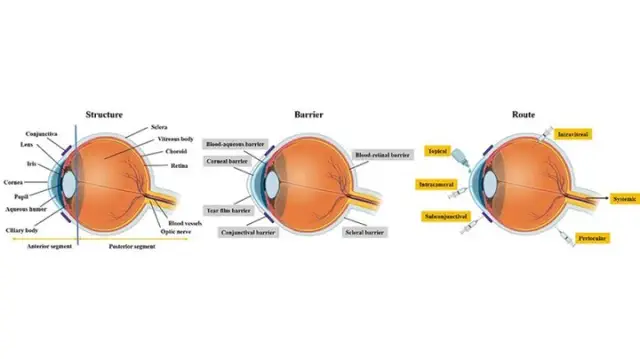
View pictures in App save up to 80% data.
Nanocarriers provide a drug delivery approach that is less invasive, more precise, and associated with fewer adverse effects.
Eyes are continuously exposed to the external environment, which has led to the evolution of various protective mechanisms designed to prevent the entry of foreign substances. These protective barriers can complicate the administration of medications for ocular conditions. Traditional delivery techniques often necessitate multiple doses or can be invasive. In contrast, utilizing nanocarriers like liposomes presents a promising alternative, potentially overcoming these physiological challenges and providing more effective treatment solutions.
Tang et al. presented a comprehensive review of liposomes, highlighting their characteristics as drug delivery systems, their uses in the treatment of eye diseases, and potential avenues for future investigation.
"Liposomes have undergone significant research and development, resulting in numerous formulations gaining market approval. Nonetheless, further investigation is required to explore their potential use in treating eye diseases," stated author Fang Cheng.
The administration of drugs to the front section of the eye usually occurs through local methods such as eyedrops or ointments, which are quick and easy to use. Nevertheless, these methods often necessitate multiple doses, potentially resulting in adverse effects. In contrast, for the back part of the eye, medications are frequently delivered through injections, a method that is invasive and can be uncomfortable.
Encapsulating medications in liposomes can enhance the ease and precision of drug delivery, effectively addressing these challenges.
“According to Cheng, liposomes have the potential to enhance the permeability of drugs, enabling them to penetrate eye tissues more effectively, while also minimizing toxic side effects and irritation. Additionally, by modifying their surfaces with targeted ligands, liposomes can traverse the blood-eye barrier for accurate drug delivery.”
The authors propose that further research may enable liposomes to facilitate the delivery of topically applied medications to the back part of the eye, potentially reducing the necessity for numerous invasive injections in the future.
"Cheng mentioned that the frequency of administration can be significantly decreased thanks to sustained release methods."
Source: “Applications and latest research progress of liposomes in the treatment of ocular diseases,” by Huan Tang, Xinnan Li, Lin Jin, Jicheng Dong, Li Yang, Chunmei Li, Lijun Zhang, and Fang Cheng, Biointerphases (2025). The article can be accessed at https://doi.org/10.1116/6.0004159 .
This paper is part of the Special Topic Collection: Biointerface Science in China 2024, learn more here .










